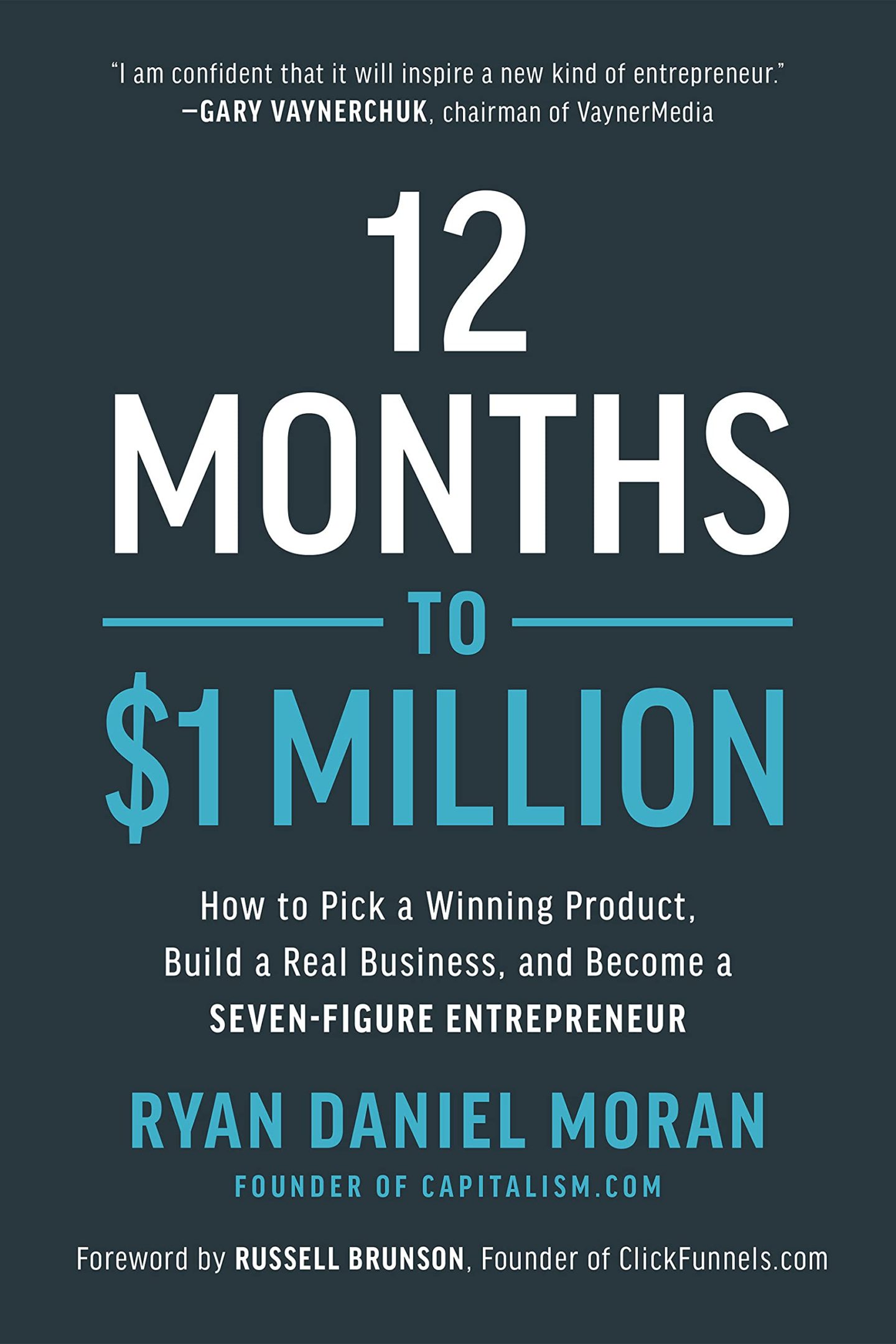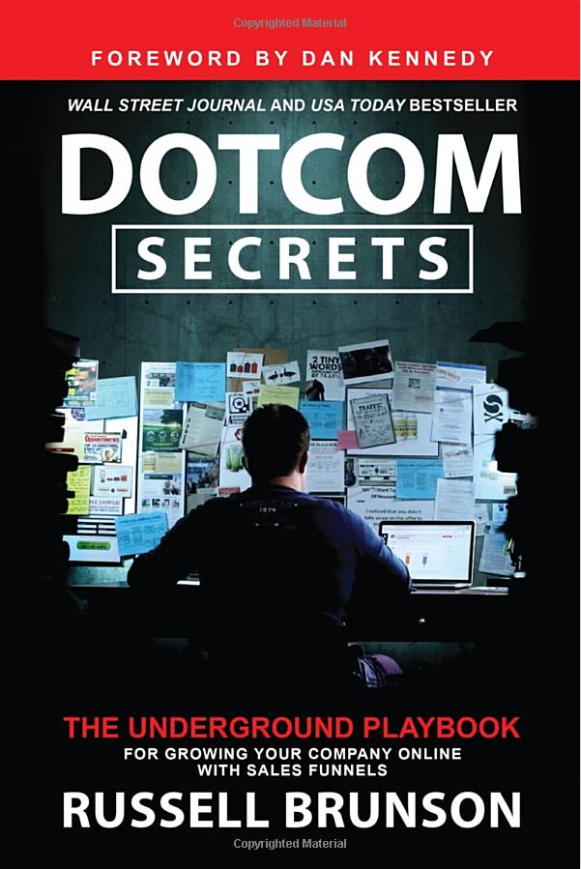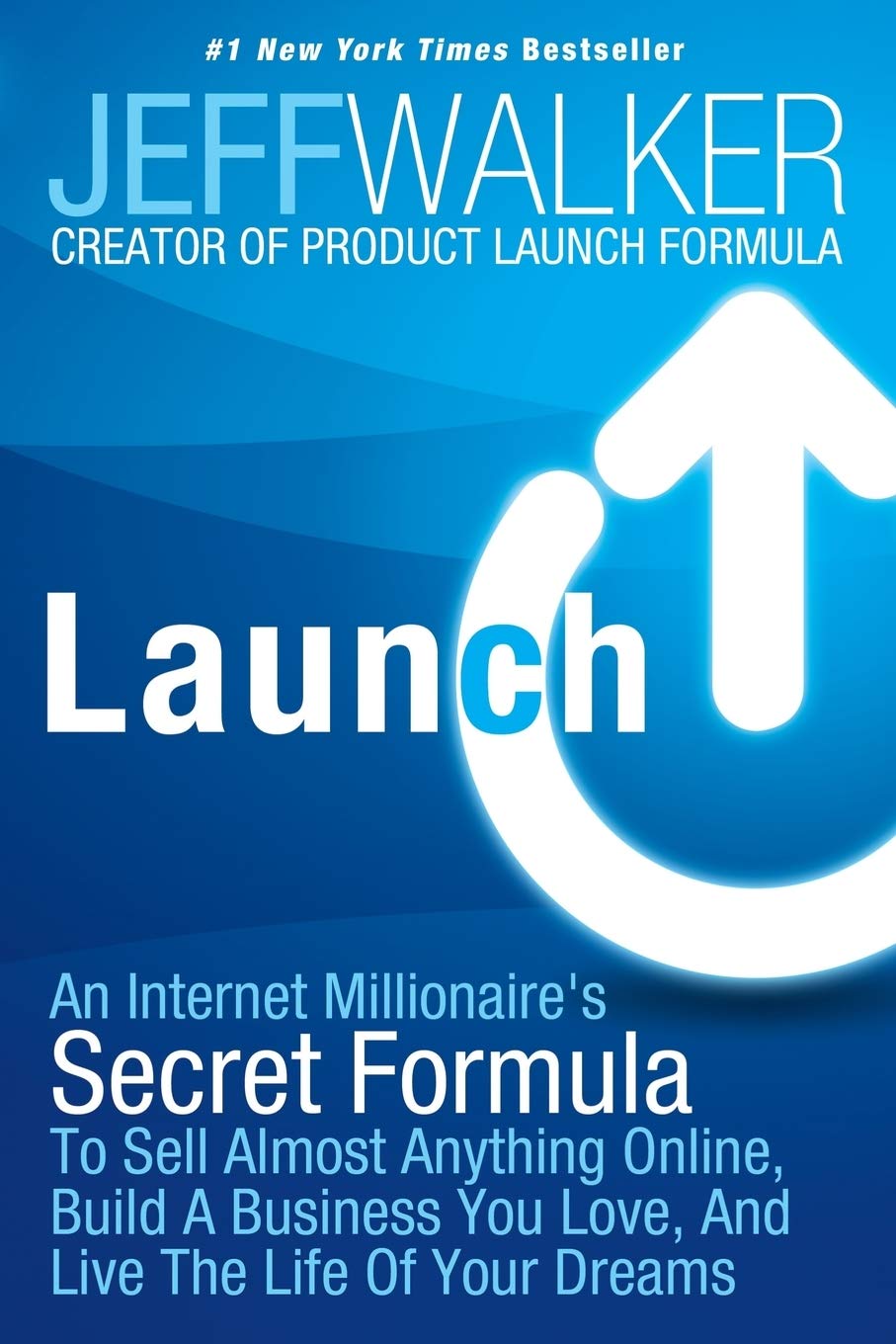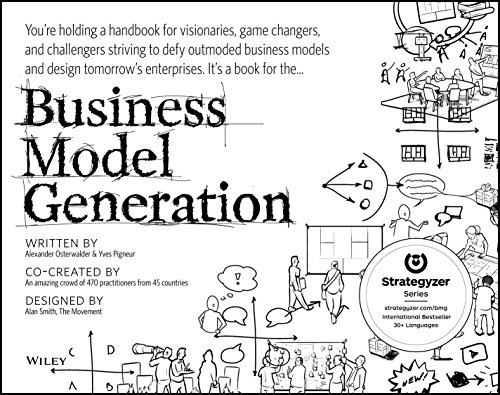First, let’s be clear that the best way to market test or gain your first 1,000 users is to do things that don’t scale. That means a customer acquisition process that is NOT scalable. Assuming you are beyond that stage and have a business with traction, what are the best SCALABLE marketing channels? How do you begin to create a growth engine and hit the accelerator?
Here is a summary of what the experts say…
Andrew Chen of a16z
https://andrewchen.com/theres-only-a-few-ways-to-scale-user-growth-and-heres-the-list/
According to Andrew Chen of a16z, here are the major channels that successful products use to drive traction:
- Paid acquisition
- Virality
- SEO
- Sales
- Other (partnerships used as an example)
He feels these channels work because they’re feedback loops and they have a high ceiling on saturation. That means the ability to reach hundreds of millions of users. However, Andrew warns that startups need to work towards these channels, iteratively checking to determine if the CLV and CAC math work. Buy some users, wait 6 months and see how well they monetize. SEO can take 6+ months to start gaining traction and more likely a year. Not so great for testing market traction quickly.
Kevin Indig’s Blog
https://www.kevin-indig.com/the-4-only-scalable-customer-acquisition-channels/
According to Kevin Indig, a well-known growth blogger, there are only four scalable acquisition channels:
- SEO
- Online Ads
- Sales (which he heavily qualifies)
- Product Virality
Lenny Rachitsky’s Blog
https://www.lennysnewsletter.com/p/accelerating-growth-at-scale-phase
According to Lenny Rachitsky (of AirBNB product management fame), here are the most popular ways to accelerate growth at scale for a marketplace business. FYI, a marketplace business is one where you have to find 2 types of customers, like AirBNB who needs renters and owners of rentals. He listed them in order of which ones are used most frequently, with a percentage of how often the channel is used:
- Performance marketing (70%)
- Expanding geographically (65%)
- Conversion optimization (50%)
- SEO (50%)
- Direct sales (35%)
- Referrals (30%)
- Loops (25%)
- PR (17%)
A bonus channel to remember is that supply might actually drive demand (assuming supply is where there is a shortage).
In this article he talks about building a growth engine to scale consumer businesses (NOT marketplace businesses): https://www.lennysnewsletter.com/p/growth-engines
He feels there are only 4 scalable channels:
- Paid Growth
- SEO
- Virality (which includes Word of Mouth)
- Sales
However, if you are a consumer startup, he clarifies that sales is not an economically feasible option, so there are really only 3 scalable channels. He also notes that “you’ll likely grow primarily through SEO if:
- Your users produce lots of public content (e.g. Glassdoor, Quora, Reddit, Pinterest)
- You have proprietary data that you can use to generate thousands of pages (e.g. Yelp, Grubhub, Thumbtack, Tripadvisor)
- Your competitors are having success with SEO—check Similarweb”
12 Months to $1 Million
According to Ryan D. Moran in his book 12 Months to $1 Million, the most impactful platforms in order of the most powerful are:
- Podcasts
- Blogs and email lists
- YouTube videos
- Social media
You want to gain endorsed traffic on those platforms (meaning somebody else is speaking on your behalf).

12 Months to $1 Million: How to Pick a Winning Product, Build a Real Business, and Become a Seven-Figure Entrepreneur Hardcover – May 5, 2020
DotCom Secrets
Email and Squeeze Pages
According to Russell Brunson in his book DotCom Secrets, there are 3 types of traffic:
- Traffic you control.
- Traffic you don’t control.
- Traffic you own.
Obviously, you are trying to make everything traffic you own. That means his primary channels are email sequences and website squeeze pages with carefully planned funnels of quizzes, popups, trials, tripwires, bumps and upsells, depending upon the traffic temperature.

Dotcom Secrets: The Underground Playbook for Growing Your Company Online with Sales Funnels Paperback – August 9, 2022
Launch
Email and Squeeze Pages
According to Jeff Walker in his book Launch (related to Product Launch Formula or PLF) an email list is your “license to print money.” In fact, that is the title to chapter 3 of his book: “A License to Print Money: Your List.” This is his strategy for everything. According to Jeff, do not build your list off of Facebook or any other platform. You can use those platforms to drive them to a squeeze page where they are forced to sign up for your email list but ultimately you want a list that you own and manage. Spend time with your buyers and ask for referrals.

Launch: An Internet Millionaire’s Secret Formula To Sell Almost Anything Online, Build A Business You Love, And Live The Life Of Your Dreams Paperback – June 24, 2014
Business Model Generation
When if comes to understanding channels, not necessarily scalable, but channels in general, Business Model Generation does a great job in the Business Model Canvas. First, there are 5 distinct phases for channels: awareness, evaluation, purchase, delivery and after sales. This ties directly back to the AIDA funnel we covered here.

Business Model Generation: A Handbook for Visionaries, Game Changers, and Challengers (Strategyzer)
4.6 out of 5 stars 3,508 ratings
Part of: Strategyzer (5 books)
Noah Kagan
Noah Kagan, of Facebook and AppSumo fame, compiled a nice list of 99 different marketing channels along with the best uses cases for each. He’s not saying each one is a scalable growth channel. However, because he lists the best use case for each, you can scroll though and cherry pick which ones work best for you. Here is a linked a table of contents:
Marketing channels #3: URL and article submission
Marketing channels #4: TV and radio
Marketing channels #5: Social media
Marketing channels #6: Networking
Marketing channels #7: Community
Marketing channels #8: Digital ads
Marketing channels #10: User review
Marketing channels #11: Content
Marketing channels #12: Mobile
Our Analysis on Scalable Channels
When I think of scalable channels I think of several things.
- A really high volume of potential customers that can be reached through the channel. Nearly limitless.
- It can be automated or at least somewhat automated.
- You can repeatedly and somewhat predictably measure the cost to utilize the channel versus the return (aka ROI).
Virality
Let’s talk about virality, (which most experts include) because we’re not talking about creating a video that goes viral. You can’t control that. That is the opposite of repeatable and predictable. You can hope for it, but it’s really a moon shot. What we’re talking about here is something like what Tinder did, which was create Word Of Mouth virality driven by influencer (paid) marketing at events. So, a combination of channels is often used to create the virality.
Another example of built-in virality would be referral loops. Referral loops were used by Lyft and Uber when they were getting off the ground. Vista print help create virality by providing free business cards with a line on the card that said it was provided by Vista print. This often works well if you have access to a tightknit group of users like the tech crowd, which is how Dropbox launched. If you want “virality” to be scalable, ask yourself is it predictably repeatable?
Trade Shows
I’ve seen some lists that include trade shows as a scalable channel. I would disagree. Generally, there are a very limited number of trade shows that address a certain target market with a limited number of attendees. I’m not saying face to face marketing isn’t one of the most important channels to explore. It is. And in some industries, it’s a rather prolific channel. However, the number of shows is not limitless, so I don’t see it as a “scalable” acquisition channel. Road shows and self-sponsored events (like THINK by IBM) come closer to being scalable. As with all channels however, there is a point of diminishing returns.
Maybe NOT Scalable, but Don’t Overlook
- Promotions are deliberate one-time hits, but important.
- Viral is PR is much the same. I can’t over emphasis how mission critical PR is though in general. If you research the topic, acquiring PR was really what allowed a lot of startups to hit it big.
- Expanding geographically should never be forgotten, but would you really call it scalable or is there a limit there? Depends.
- Partnerships that produce mutual referrals are every successful salesperson’s “secret.” However, how many mutually beneficial partnerships are there? Depends.
Direct Sales
Direct sales is another interesting one to me. When people say “sales” they’re generally talking about outbound marketing. A sales team of people making cold calls, trying to hit quotas and hitting gongs on the sales floor when they close a sale. Some refer to this as hand-to-hand combat.
You can hire a certain number of sales reps that have a certain amount of cost that produce a certain amount of sales. I guess in theory you can scale the size of your team as long as the results are supporting the cost. But you could also argue there is a limit on the number of people one can call in a day, which is why some people consider inbound marketing more scalable than outbound. I don’t want to get into a debate here about inbound vs. outbound, because the right answer is always “it depends.” Specifically, it depends upon the average sale size, the sales cycle, the type of relationship that needs to be built and your exact product as to the right answer.
Scalable Marketing Channels
- SEO
- Blogs, podcasts, YouTube videos and creating a presence online takes time and money. Don’t think this is free, quick or easy.
- Email (powered by SEO)
- Your “license to print money”
- Which ties to newsletters, sequences
- Viral
- Referral loops
- Coupled with paid influencers
- Built-in product virality
- Paid
- Influencer
- PPC social
- PPA social
- Search engine ads
- Performance marketing
- Direct Sales?
- Maybe, depending
- Public Relations
- Maybe, depending
Mission Critical: Don’t Forget
SEO: Don’t forget YouTube
Search Engine Optimization means driving organic traffic from Google, Bing, YouTube and other search engines. Keep in mind that YouTube is the number 2 most used search engine in the world.
Online Ads: PPC vs. PPA
Online ads include search related ads on Google as well as ads on social media like Facebook, LinkedIn, YouTube and TikTok. Sometimes you are charged for simply exposing the audience to your ad (impressions), and sometimes you Pay Per Click (PPC). When I think of performance marketing, however, I think more of Pay Per Action (PPA) instead of Pay Per Click (PPC). An example of that would be YouTube’s recent True View program (Launched April 2022) which includes call to action buttons on your ad. Charges occur when people take the action clicking on that button instead of billing based on how many people “viewed” your video.
Paid Ads for TV and Radio
Yeah. It still exists. Big time. But depending upon your business, it may or may not be a fit.
Paid Growth & Influencers
When it comes to paid growth, I think it’s important remember that includes influencer marketing. In my mind, this is sort of semi-organic PR. According to a video by Y Combinator the fastest route to create quick scalable growth is to pay influencers. That might mean the content delivery comes through a podcast or a social media channel, for example.





